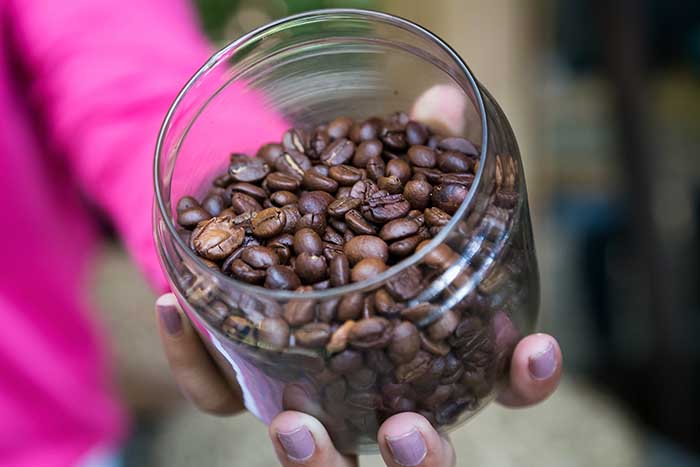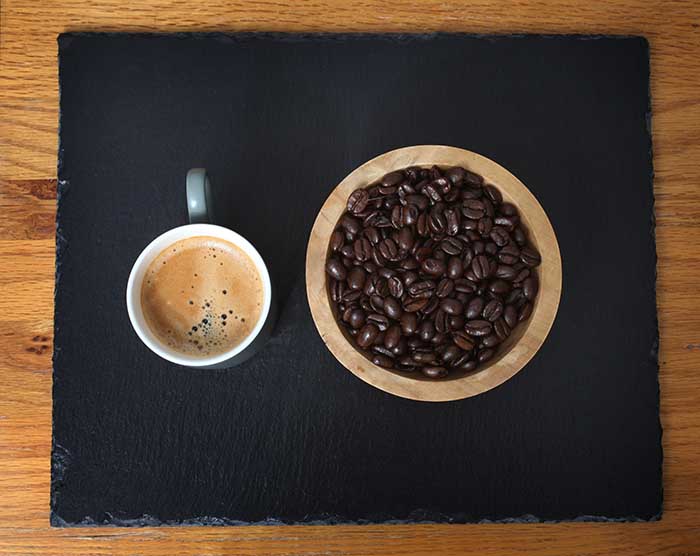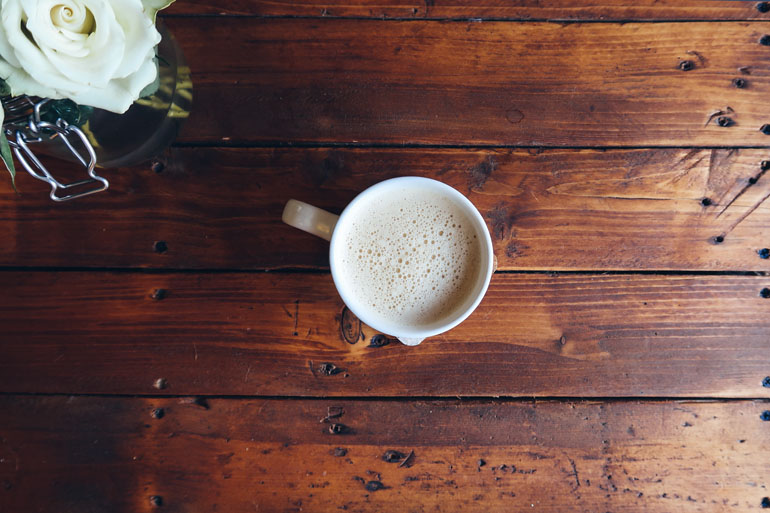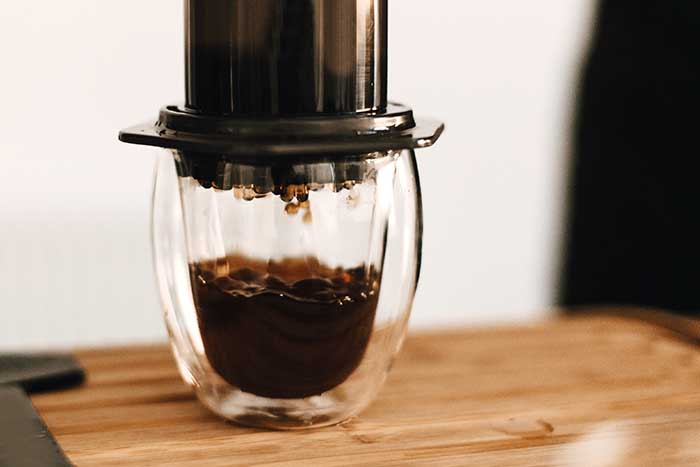Sumatran coffee has a unique and complex flavor that has earned plenty of fans among coffee lovers. Find out everything you need to know and how to brew the perfect cup of Sumatran coffee with our guide.

If you are a coffee lover, then you have probably tried what might be the most popular variety of beans from Indonesia: Sumatran coffee. This type of coffee is becoming commonplace at specialist coffee shops thanks to its rich, robust taste that sets it apart from other coffees.
In addition to providing expert brewing tips in this article, we will also cover what exactly makes Sumatra such a unique type of bean!

What is Sumatran coffee?
Sumatra coffee is grown in a place called Sumatra, which is an island In SouthEast Asia. The area churns out some of the world’s most premium coffee. If you’re a coffee-lover, this will be heaven for you. Sumatra is a specialty coffee with distinct aromas and flavors.
It has a strong flavor profile that you will either love or hate. There isn’t much of a grey area. The taste is distinct and has low acidity. You can describe some of the flavors as earthy, sweet, syrup-like, spicy, and a bit like butterscotch. It is a full-bodied coffee, and its processing often influences its final taste.
Types of Sumatran coffee
Mandheling coffee
When you mention Sumatran coffee, in most cases, you will hear of mandheling. Sumatra mandheling, a variation of Sumatran coffee, is now grown on the Southeast Asian islands. It grows in the area near Padang in West Central Indonesia. Mandheling coffee is named after the people in the area where it is grown. Most coffees are named after the place they are grown.
The coffee was brought to Padang around the early 19th century. It is said that the name mandheling came about when a Japanese soldier during world war 2 asked where the coffee he was drinking came from. He was asking a man from Sumatra. However, due to language barriers, the Sumatran thought he was being asked about his ethnicity. So, he replied, “Mandheling” and so, the word was spread that Mandheling coffee was pretty good. And so the name stuck.
When considering a look at taste, you will notice that Mandheling coffee is full-bodied. It has low acidity, as well as a syrup-like aftertaste.
Ankola
This coffee is grown near the port of Padang. One of the significant differences between this variety of Sumatra and mandheling is that Ankola is dry processed while mandheling is wet-hulled. The way coffee is processed can make all the difference in the way that it tastes.
The more dominant flavor in Ankola, which you can not find in the other varieties, is sweet. But, again, this is because of the dry processing that it goes through.
Lintong
This variety of Sumatra coffee is grown in Lintongnihuta near Lake Toba, to be specific, which is Indonesia’s largest lake. It started with a dutch company bringing a variation of Arabica beans to Sumatra, which was around 1750. By about 1800, coffee was now being grown in the area.
It is processed using giling basah, also known as wet hulling. As a result, the taste is medium-bodied, not as complete as mandheling. It also has earthy flavors that are characteristic of Sumatra coffee.
Gayo
Gayo is a high-quality coffee with a taste that is often described as clean and smooth. It is not as popular as other types of Sumatra coffee. Gayo coffee is grown in a valley around lake tawar and lake takengon. The Gayo region is known for its well-aged coffee. They are grown in the shade, and they don’t have any added chemicals. This keeps the taste of the coffee beans authentic and unaltered.
It has a rich and full-bodied taste, with low acidity and an exotic flavor. Their flavor is rare, and as such, it is prized, and it is developed over months and even years as it is stored for long periods. However, even though it is prized, it does not mean that it is better. Aging also means that it is pricier.
How is it made?
The way that coffee is made strongly influences the way that it will taste. Sumatra coffee varieties are grown in the area of Sumatra. However, the way it is treated before it is roasted ultimately influences the end taste. Sumatra coffee is processed using wet hulling. This process involves the skin being removed from the berries soon after they are harvested. This is done using machines.
Once the berries’ skin has been removed, they are put in a woven bag to ferment. Then they are washed the following day to remove the remaining fruit. The beans are then dried while being in their parchment and then separated from the parchment to continue drying them. The beans are then dried again before they are exported.
Wet hulling is a unique process in that it allows the beans to be moist for much longer, unlike other coffee beans that are often dried much earlier on.
Flavor Profile: What do Sumatran coffee beans taste like?
Sumatra coffee is well known for its full-bodied flavors. It is rich and has earthy flavors. It is creamy and sweet and has low acidity levels. It also has a bit of butterscotch and spice. You cannot box the flavors in, as they are pretty diverse and complex. The intensity also makes it a good sort after coffee.
Why is Sumatran coffee lower in acidity?
When coffee is grown at lower altitudes, it has lower levels of acidity. It sometimes grows as low as 2 500 feet above sea level. The higher the growing ground is above sea level, the more acidic the coffee will be.
How to brew Sumatran coffee beans
Brewing Sumatra coffee is a flexible exercise. More choices mean that there is a better chance of you getting your cup brewed to your preference. One of these methods is the “pour-over coffee method.” Melitta Bentz coined this method. This method helps you avoid having bitter coffee as you pour the water over the coffee and through a filter.
You could also use a French press to get your coffee right. A French press allows you to push down a mass of water with coffee beans in it. As you do, the coffee spills over to the top part, leaving the whole beans at the bottom of the press.
You can choose to either brew your coffee automatically or manually. It’s all about preference. These two methods mentioned above are amongst the many different methods that you can use to brew Sumatra as it is a versatile coffee and can be brewed in different ways.


